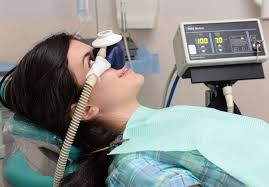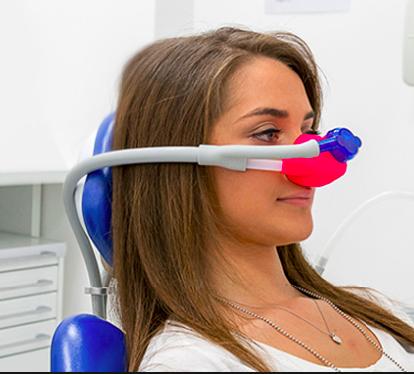The term “odontophobia” encompasses in all respects the fear that some people have of the dentist. Conscious sedation tries to remedy this problem and give the right solution even to those who just can’t overcome this phobia and for these reasons even postpone necessary and vital interventions for their oral health, and beyond. But what do we mean by conscious sedation?
Odontophobia and conscious sedation
Dental phobia is a phenomenon that many people share. It usually manifests itself through small shivers at the thought of going to your trusted dentist. Many people who have this type of fear have a propensity to postpone routine visits or postpone interventions necessary for their dental health. It is therefore not the most suitable choice for our good, on the contrary, the continuous postponement creates incurable damage to our dental system. The real phobia for many patients is not the surgery itself. The real problem turns out to be the anesthesia and the fear of feeling pain. There are those who ask for general anesthesia to eliminate the root of the problem, while others would like to avoid it. To meet the needs of everyone (or almost) conscious sedation comes into play, an anesthetic procedure performed by a specialist resuscitator. The latter has the objective of not making the patient feel any form of stress or anxiety during oral surgery and implantology. The patient remains conscious, cooperative and feels no pain. It should be kept in mind that even conscious sedation has its contraindications, this means that it is not suitable for all patients. In fact, before undergoing this type of procedure it is necessary to understand if the necessary conditions are met.
Who can submit?

Before undergoing conscious sedation, it is good to understand the conditions necessary to be able to perform this procedure. This type of treatment is ideal for:
- Children;
- Senior citizens;
- Heart patients;
- Anxious;
- Dental phobics;
- Hypertensive;
- Epileptic patients;
- Handicapped.
This is because, thanks to conscious sedation, the patient is brought into a state of greater tranquillity, reducing stress and strong emotions. This anesthetic procedure, on the other hand, is contraindicated for pregnant women because it could also cause and favor an early birth, for patients with respiratory problems, severe colds and chronic bronchitis. On the other hand, it should be avoided in the face of diseases such as acute bronchopneumonia, emphysema, multiple sclerosis, myasthenia, diabetes. When patients are allergic or sensitive, you need to consult an anesthetist who, together with the surgeon, is able to understand whether or not it is possible to resort to conscious sedation. In any case, there are also alternative protocols.
Conscious sedation. How does it work?

The first step to follow is to request a consultation with the anesthetist who, in agreement with the specialist surgeon, decides which type of sedation is most suitable for the specific case. Conscious sedation is practiced intravenously through a cannula in which the drugs are administered, during the sedation the vital parameters are constantly monitored. In some cases, the drugs are also associated with the inhalation of nitrous oxide, which combined with oxygen does not present any contraindications. Nitrous oxide is eliminated within 2-3 minutes. This procedure puts the patient in a state of semi-sleep and therefore has no perception of time or pain. The only recommendation that is often made to the patient is not to drive immediately. In our Sanident center in Milan, in via Settembrini, 6, thanks to a targeted pharmacological protocol, no particular discomfort is felt even in the days following the operation. Our centers specialize in advanced implantology. Our merit is to have state-of-the-art equipment and a staff of dental experts able to follow the most modern methodologies. Book a first visit immediately without obligation, you will find who will be able to carefully evaluate your medical records and give you precise answers about it.
















